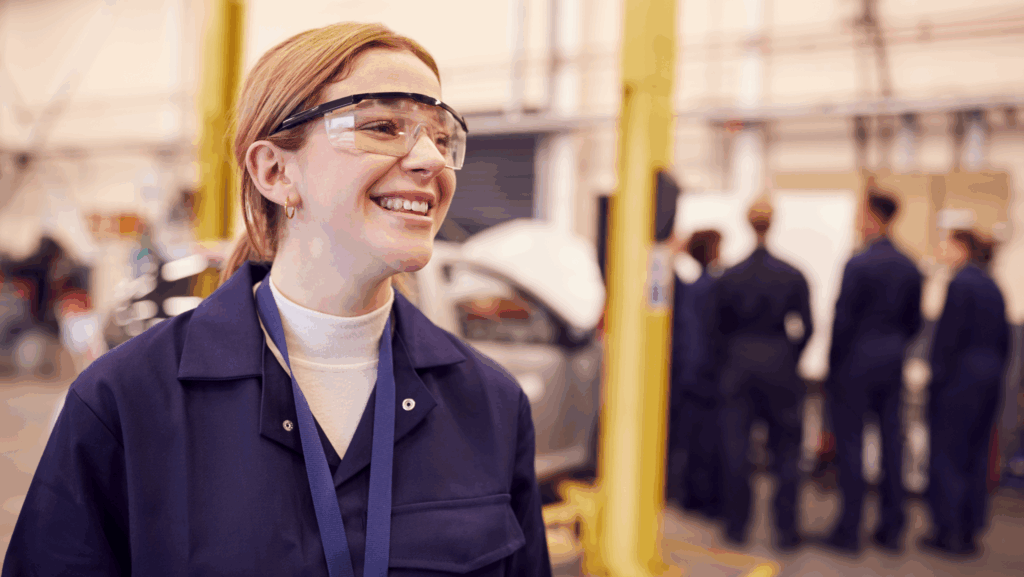Even in the safest work environments, heavy machinery increases overall risk levels. Therefore, you must prepare both your facility and your workforce to manage these risks and prevent incidents. In addition, applying practical machine safety tips can help you build a comprehensive strategy for effective equipment hazard management.
Tips for using machines
You won’t be able to avoid incidents if your workers don’t practice safe behaviors. Therefore, you must change the culture within your facility to get everyone on board. And one of the best ways to improve safety culture is to invest in training. In addition, you can share essential machine safety tips with your workers so they better protect themselves on the job.
- Never attempt to operate a machine you’re not trained to use.
- Inspect machinery before each use to look for damage and other issues.
- Follow the manufacturer’s machine shutdown safety tips step by step.
- If the machine isn’t working properly, stop using it and notify management.
- Inspect your PPE for defects or fit issues before starting work.
- Check that all potential trip and fall hazards are removed from the workspace.
- Communicate with others in the area when you’re going to start up equipment.
- Ensure that no machine guards are missing, loose, or out of place.
Reducing safety risks
While workers are responsible for their own personal safety, you have to set them up for success. The way to do this is to identify and remove machinery hazards wherever possible. Here are some tips for lowering machine safety risks and creating a safer work environment. Following proper tips related to machine safety helps ensure a more secure workspace.
- Do a risk assessment for each piece of machinery and take corrective action to lower the risk levels as much as you can.
- Create machine-specific safety training tips so workers know what hazards to avoid.
- Display emergency procedures for all heavy equipment in the work area.
- Establish PPE requirements for each machine.
- Implement a lockout/tagout procedure to prevent accidental machine startups.
- Conduct routine machine safety inspections.
- Red tag broken machinery and store it where workers can’t accidentally use it.
- Create a preventative maintenance schedule that includes every machine in your process.
- Install machine safety guards that are difficult to remove or tamper with.
- Where possible, eliminate unnecessary clutter and storage around hazardous machines.
- Train employees with safety tips to identify, control, and report machine safety hazards they see.
- Ensure that all work areas are sufficiently lit to make safe machine use easier.
- Conduct machine emergency drills for hands-on hazard control training.
- Track all corrective actions related to machine safety incidents, maintenance, etc.
By following these machine safety tips, you’ll be able to lower the risk level of your operation. Just make sure you document your efforts for both internal and external review. That way, you can learn from past action items and find new, better ways to improve and protect your workers.




